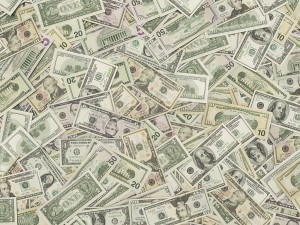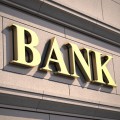 Investors in some of America’s banking institutions may see their post-recession patience rewarded in the form of stronger quarterly payouts over the next 15 months.
Investors in some of America’s banking institutions may see their post-recession patience rewarded in the form of stronger quarterly payouts over the next 15 months.
Following this year’s round of Federal Reserve stress tests, some industry analysts project quarterly payouts for shareholders from some of the nation’s banks will rise on average about 53%, which equates to about $109 billion.
Gauging Solvency
The Federal Reserve put its “stress tests” in action in 2009 following the national banking crisis that rocked the country’s economy.
Through these tests, federal analysts examine banking institutions to determine their ability to withstand at least nine quarters of stressful economic conditions without facing collapse.
Banking institutions are also scrutinized to determine if they can handle losses while still being able to pay out dividends to their shareholders, buy back their own stocks or make acquisitions.
Banks that fail federal stress tests can be blocked from increasing their shareholder payouts, which forces executives to boost capital and internal systems while answering to shareholders who see their earnings fall flat.
Essentially, the tests are designed to determine an institution’s risk management, internal controls and corporate governance while encouraging better planning for those institutions that fail to pass.
Performing Under the Microscope
The annual Comprehensive Capital Analysis and Review program looks at the performance of the country’s largest bank holding companies (BHCs), which amounts to 31 institutions.
This year’s round of testing found the feds clearing the plans of 28 of these industry giants without condition while Bank of America’s capital plan was conditionally cleared. The only plans rejected, according to Forbes, were submitted by Deutsche Bank and Santander.
Those rejected, Forbes noted, did not fail the stress tests, but their plans were opposed based on qualitative reasons.
Stronger Rewards for Investors
Those banks that saw their capital plans approved by the Fed are now clear to increase dividends and share repurchase plans as long as the actions fall in line with the plans submitted to the Fed.
That means investors are likely to see dividend hikes or share buybacks coming soon from most of the country’s large banking institutions.
For those who didn’t make the grade, a resubmission of plans could result in future approval for a go-ahead to reward investors.
What It Means
The median payout ratio, or the percentage of net income dedicated to dividends and buybacks, is typically what analysts focus on to gauge financial strength.
This year’s projection of 79% at 23 of the 31 banks matches prerecession averages recorded in the period of 1999 to 2006, signaling good news about the strength of the industry as a whole.
“It’s another sign that the banking industry is back on track,” Barclays analyst Jason Goldberg told Bloomberg.





